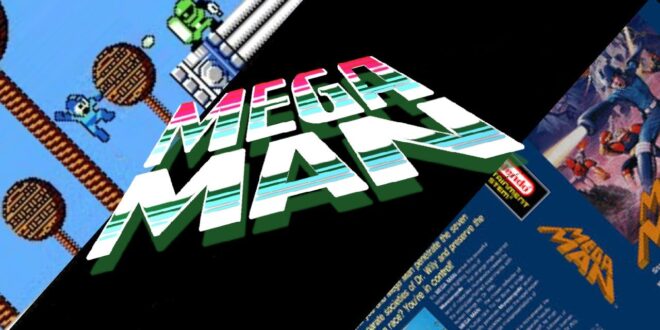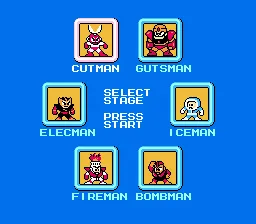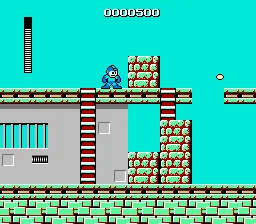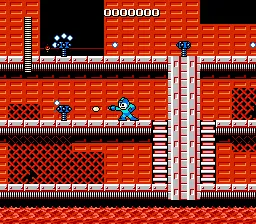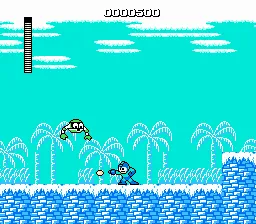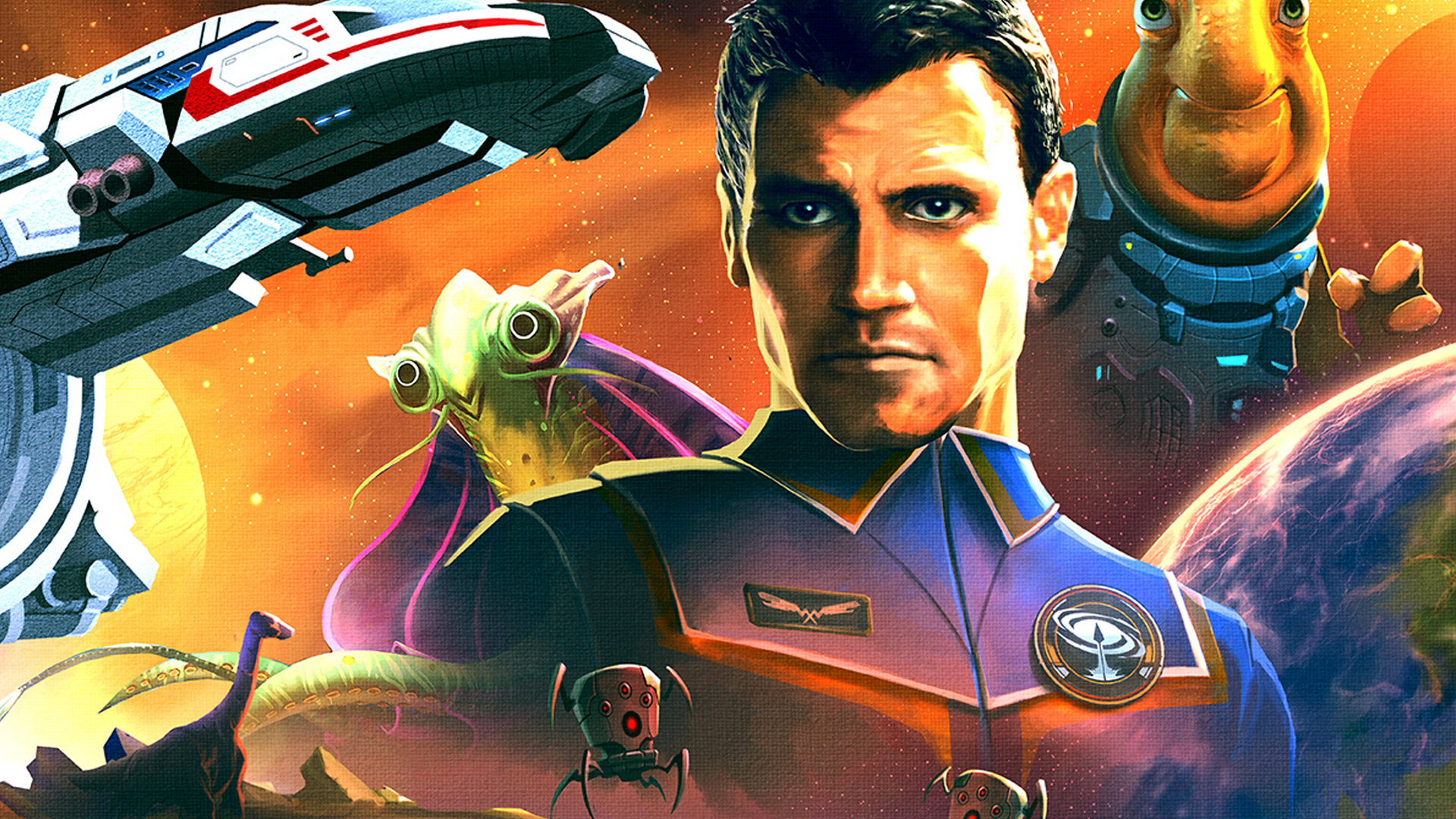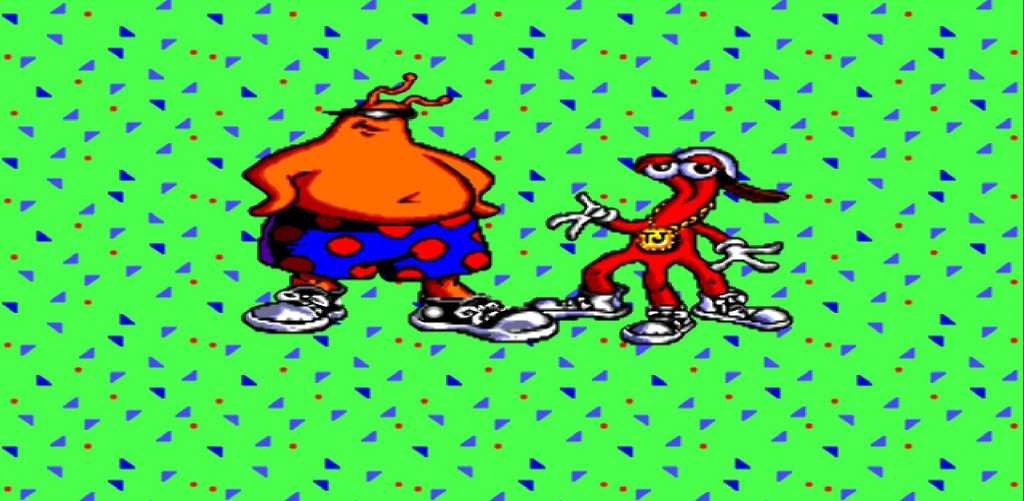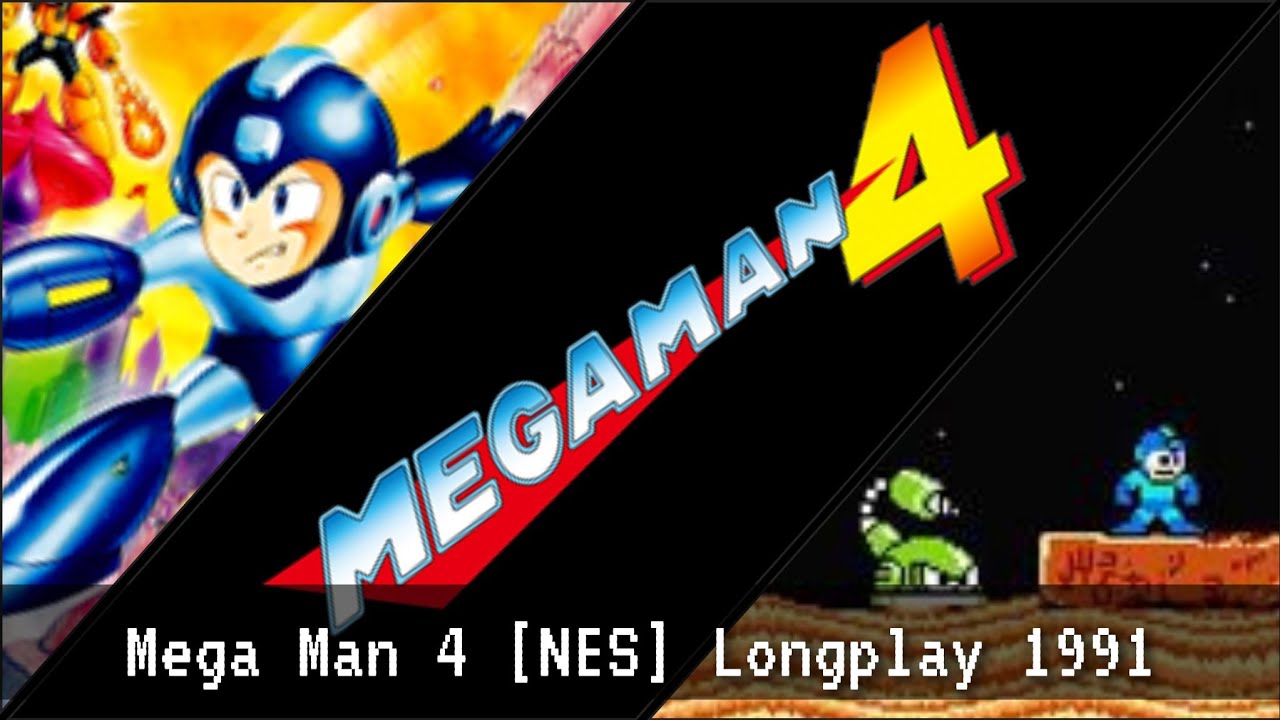(HEY YOU!! We hope you enjoy! We try not to run ads. So basically, this is a very expensive hobby running this site. Please consider joining us for updates, forums, and more. Network w/ us to make some cash or friends while retro gaming, and you can win some free retro games for posting. Okay, carry on 👍)
Mega Man: A Retro Review of Capcom’s Classic NES Game
In the landscape of video gaming, certain titles have withstood the test of time to become more than just electronic entertainment; they’ve embedded themselves into the cultural lexicon, becoming symbols of an era. One such game is Capcom’s “Mega Man,” released for the Nintendo Entertainment System (NES) in 1987. This retro review will journey through the development, audio-visual craftsmanship, gameplay, narrative, and the initial reaction to “Mega Man,” providing a detailed analysis of why this game remains a classic more than three decades after its release.
The Creative Force Behind Mega Man
Capcom, now a titan of the gaming industry, was still finding its footing in the late 1980s. The development of “Mega Man” was entrusted to a small, dedicated team led by Akira Kitamura. With character and series conceptualization by the now-legendary Keiji Inafune, “Mega Man” was poised to be something special. This team of developers sought not just to make a game but to innovate and push the NES to its limits.
A Symphony in Pixels and Chiptunes
The graphics of “Mega Man” were nothing short of revolutionary for their time. The use of vibrant, contrasting colors made characters and environments pop off the screen, engaging players in a visually rich world. Each Robot Master’s domain was meticulously crafted to reflect their personalities and abilities, from the industrial aesthetic of Metal Man’s stage to the fiery depths of Heat Man’s level.
Manami Matsumae’s musical score is a work of genius, providing an unforgettable auditory backdrop to Mega Man’s journey. The soundtrack has stood the test of time, with the “Cut Man” and “Dr. Wily’s Castle” themes being standout tracks that resonate with gamers even today. You can listen to these classic chiptunes on platforms like YouTube, highlighting the lasting appeal of the game’s music (Source: Mega Man Soundtrack).
Revolutionary Gameplay Mechanics
“Mega Man” introduced a gameplay formula that would define the series and influence countless games thereafter. Players were given the freedom to tackle the game’s six unique stages in any order, a novel concept at the time. This non-linear progression system allowed players to strategize their approach to the game’s challenges.
Combat against the Robot Masters was a lesson in pattern recognition and weapon strategy. Each boss was weak to a specific weapon obtained from another boss, creating a rock-paper-scissors dynamic. This mechanic encouraged exploration and tactical planning, as finding the right order to defeat bosses could greatly ease the difficulty of the game.
The controls were precise, responsiveness was key, and the game did not shy away from punishing difficulty. Players were expected to learn from their failures, memorize patterns, and execute with precision, embodying the “tough but fair” ethos prevalent in many NES classics.
The Tale of the Blue Bomber
“Mega Man’s” narrative, while simple, was compelling for its time. The story follows Mega Man, a robot created by the benevolent Dr. Light, on a quest to thwart the maniacal Dr. Wily. Wily, having reprogrammed six of Dr. Light’s other robots, seeks world domination, and it’s up to Mega Man to stop him. The game’s ending sets up what would become a long-standing rivalry between Mega Man and Dr. Wily, a thread that continues throughout the franchise.
The Reception and Impact of Mega Man
Upon its release, “Mega Man” was praised for its gameplay and aesthetic achievements. However, it wasn’t an immediate commercial success, partly due to the North American box art, which is notoriously misrepresentative of the game’s high-quality graphics and design. Nevertheless, the game’s reputation grew through word-of-mouth, and it eventually became recognized as a classic. The retrospective appreciation can be seen in discussions on online communities such as the Mega Man subreddit.
Noteworthy Facts
- “Mega Man” was among the first games to offer a choice in level selection, influencing future game design.
- The game’s Japanese name, “Rockman,” reflects the rock-paper-scissors mechanic of the boss weaknesses.
- The Robot Masters were the result of a public contest, with fans submitting designs, a practice that would continue in future games.
- The game was programmed by a single person, Nobuyuki Matsushima, a remarkable feat considering the complexity of the game.
Replay Value: A Timeless Endeavor
With its challenging gameplay, multiple stage paths, and iconic boss battles, “Mega Man” remains a title with high replay value. Players often revisit the game to improve their run times, experiment with different weapon orders, or simply to re-experience the classic gameplay. The game is not long by modern standards, but its depth comes from mastering its mechanics and overcoming its notorious difficulty spikes.
Community Quotes and Legacy
One representative sentiment comes from a “retro replay member,” Alex Carter, who stated:
“Every time I boot up ‘Mega Man,’ I’m transported back to the days of pure gaming joy. The game is tough as nails, but every victory feels earned. It’s a testament to the game’s design that it remains a benchmark for platformers all these years later.”
This quote encapsulates the enduring admiration for “Mega Man” within the gaming community. In essence, the game has not only survived but thrived in the collective memory of gamers.
“Mega Man’s” legacy is vast, having spawned numerous sequels, spin-offs, and even influencing other media. The series has become a cornerstone of Capcom’s identity, with the Blue Bomber himself becoming an icon of the company and gaming history.
Conclusion
“Mega Man” stands as a paragon of game design, its impact resonating through generations of games and gamers alike. Its blend of challenging gameplay, memorable music, and vibrant graphics created a blueprint for the action-platformer genre. The game is more than a nostalgic trip; it’s a reminder of the ingenuity and passion that drives the gaming industry. It’s a true classic that deserves its place in the pantheon of video game history.
In the end, “Mega Man” is more than worthy of its status as a beloved and influential title. Its replay value, design philosophy, and cultural impact are as relevant today as they were in 1987. Whether you’re experiencing it for the first time or the hundredth, “Mega Man” remains an essential play for any fan of video games.
The verdict!
Graphics - 88%
Sound - 93%
Gameplay - 93%
Replay value - 87%
90%
The game that started it all. A wonderful play all these years later.
 Retro Replay Retro Replay gaming reviews, news, emulation, geek stuff and more!
Retro Replay Retro Replay gaming reviews, news, emulation, geek stuff and more!
